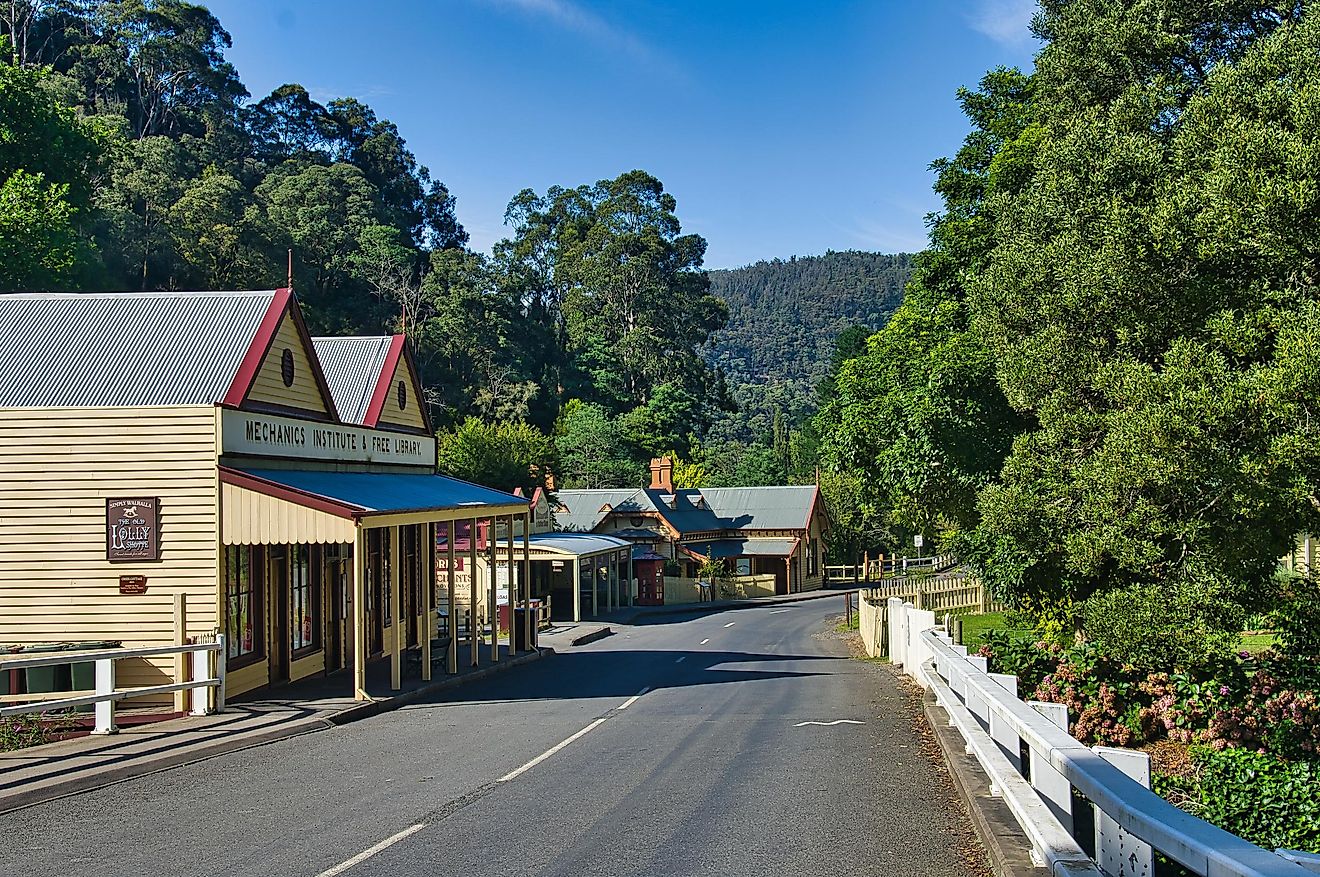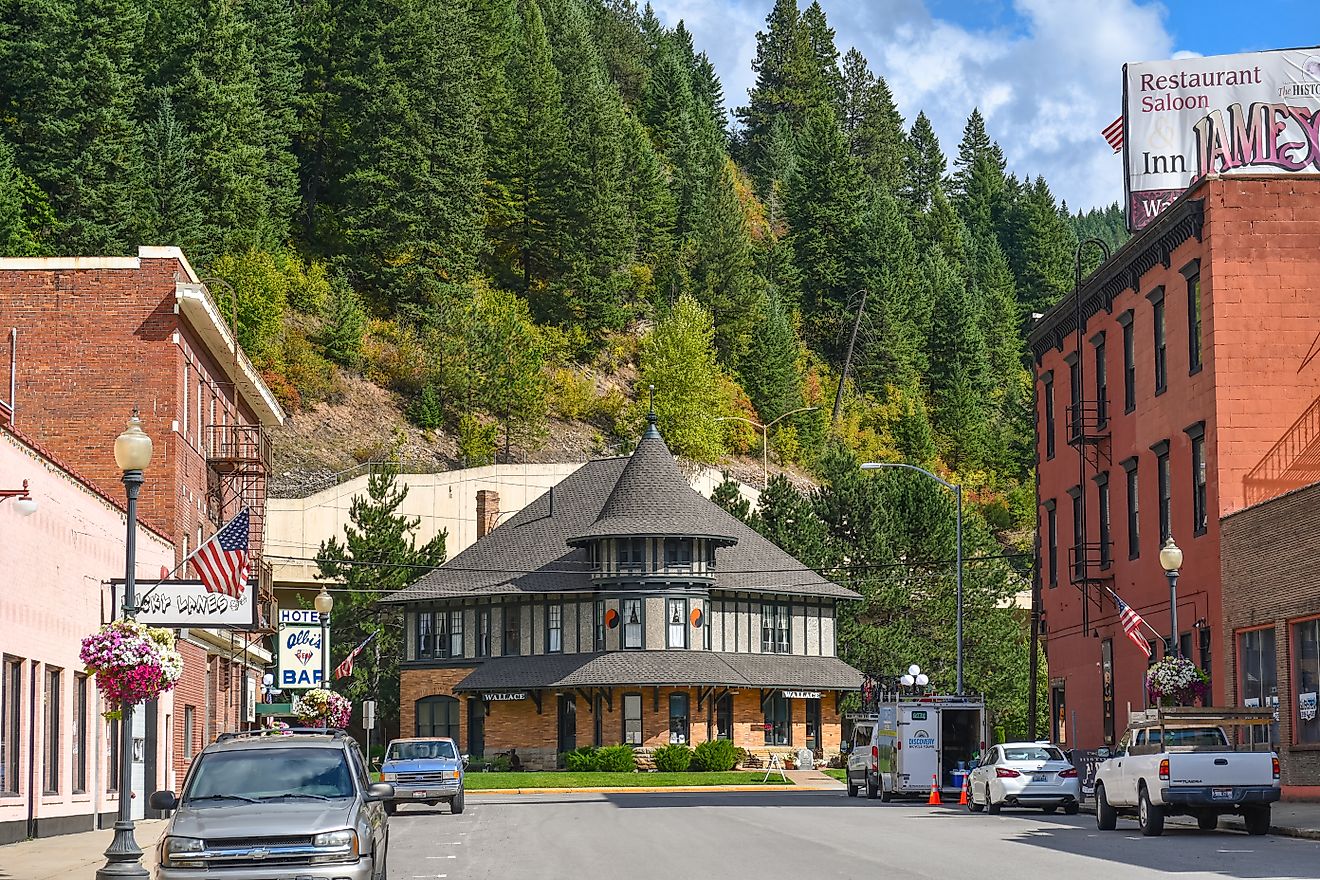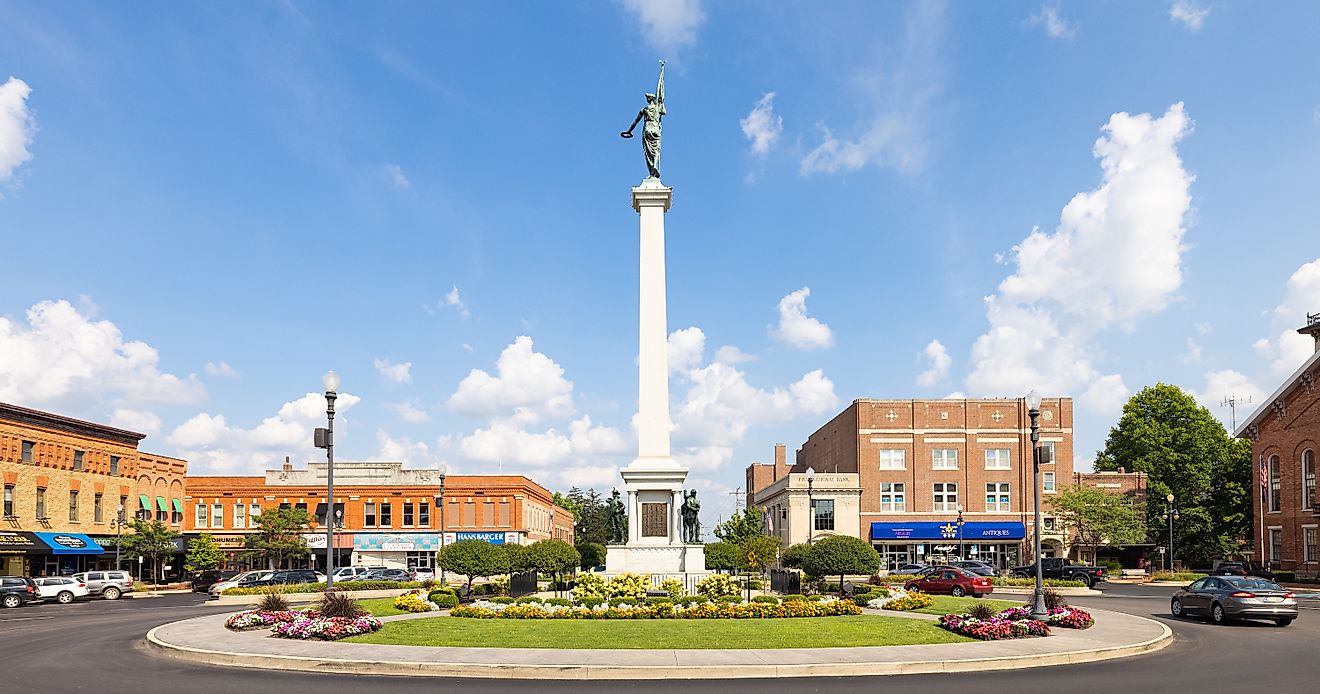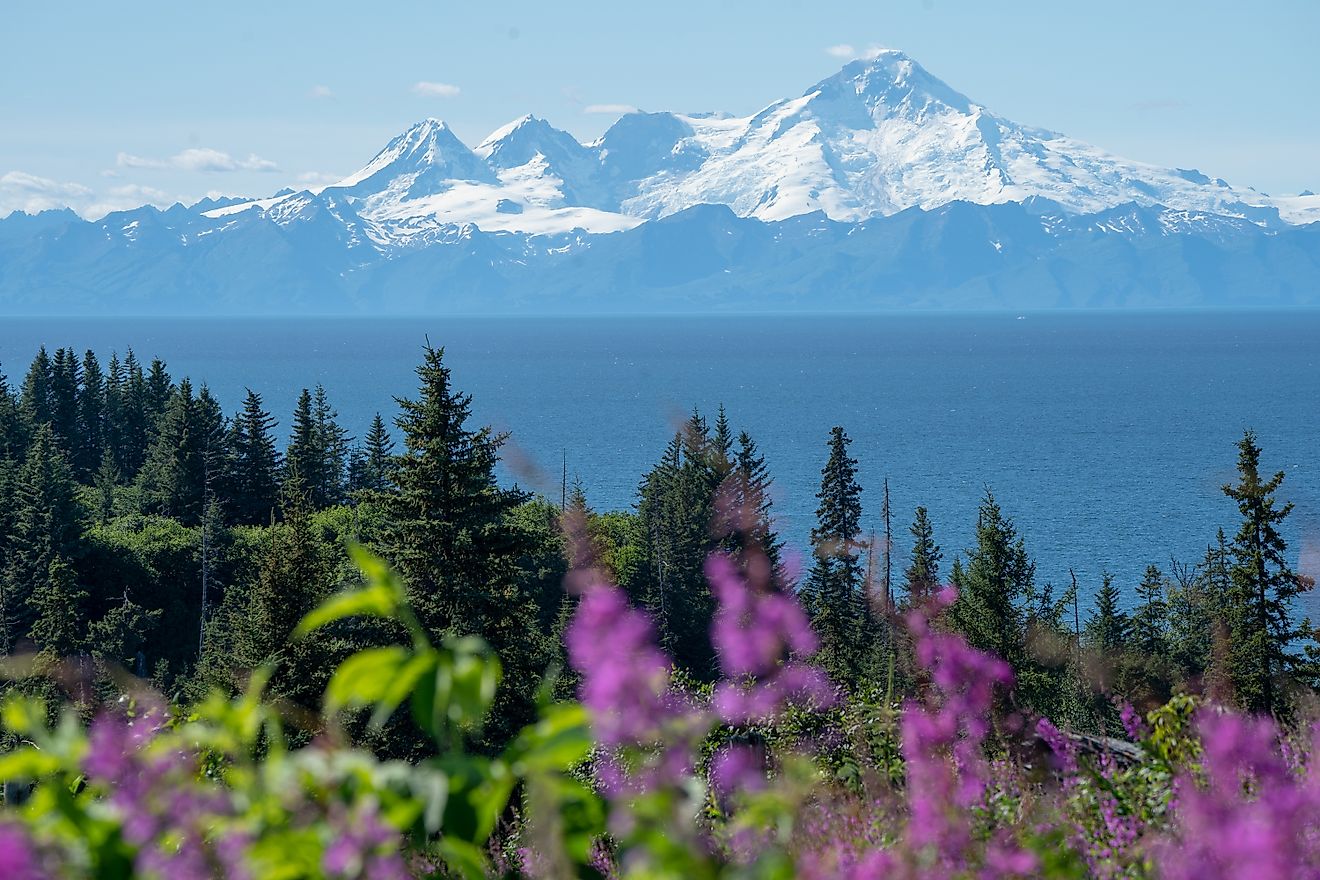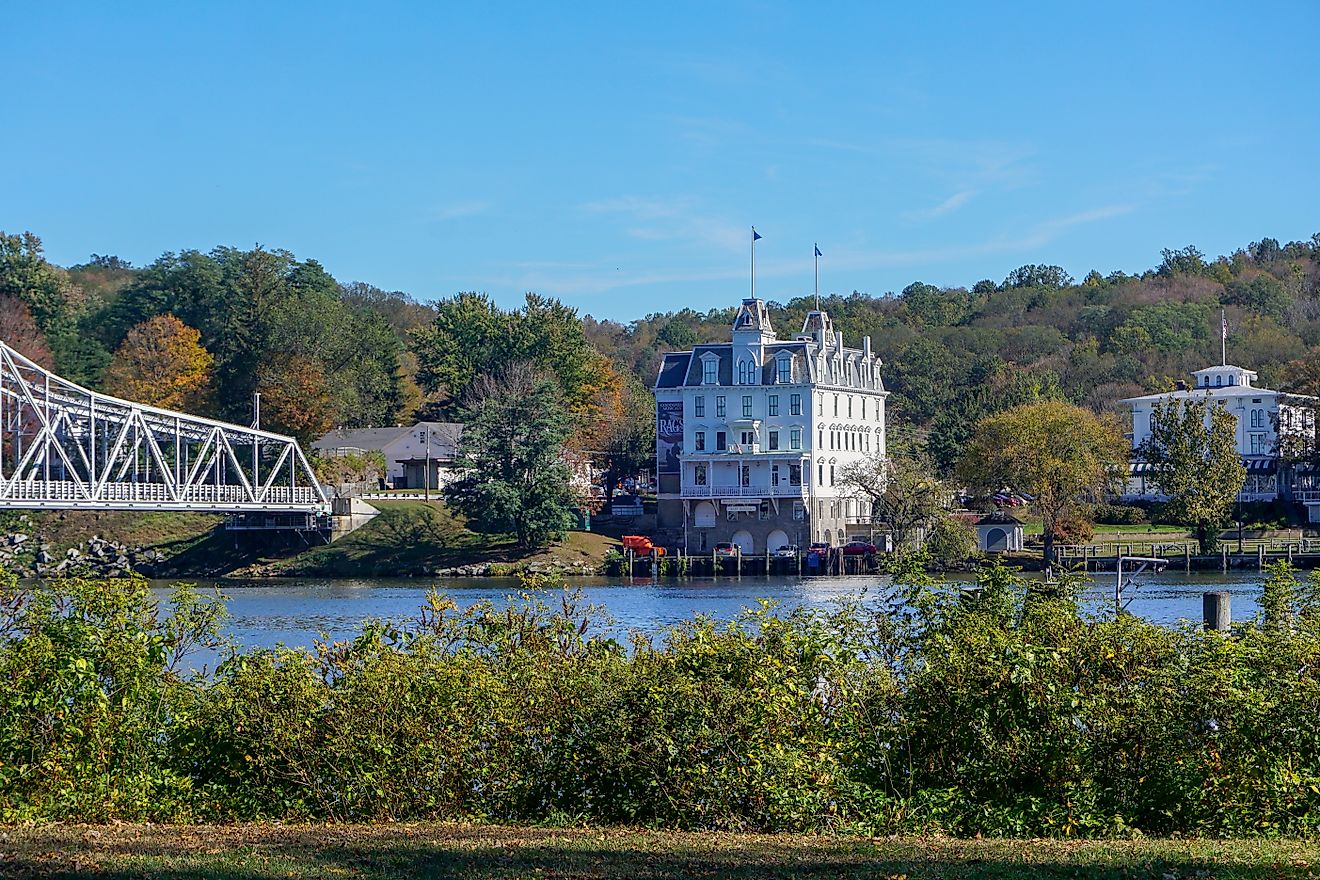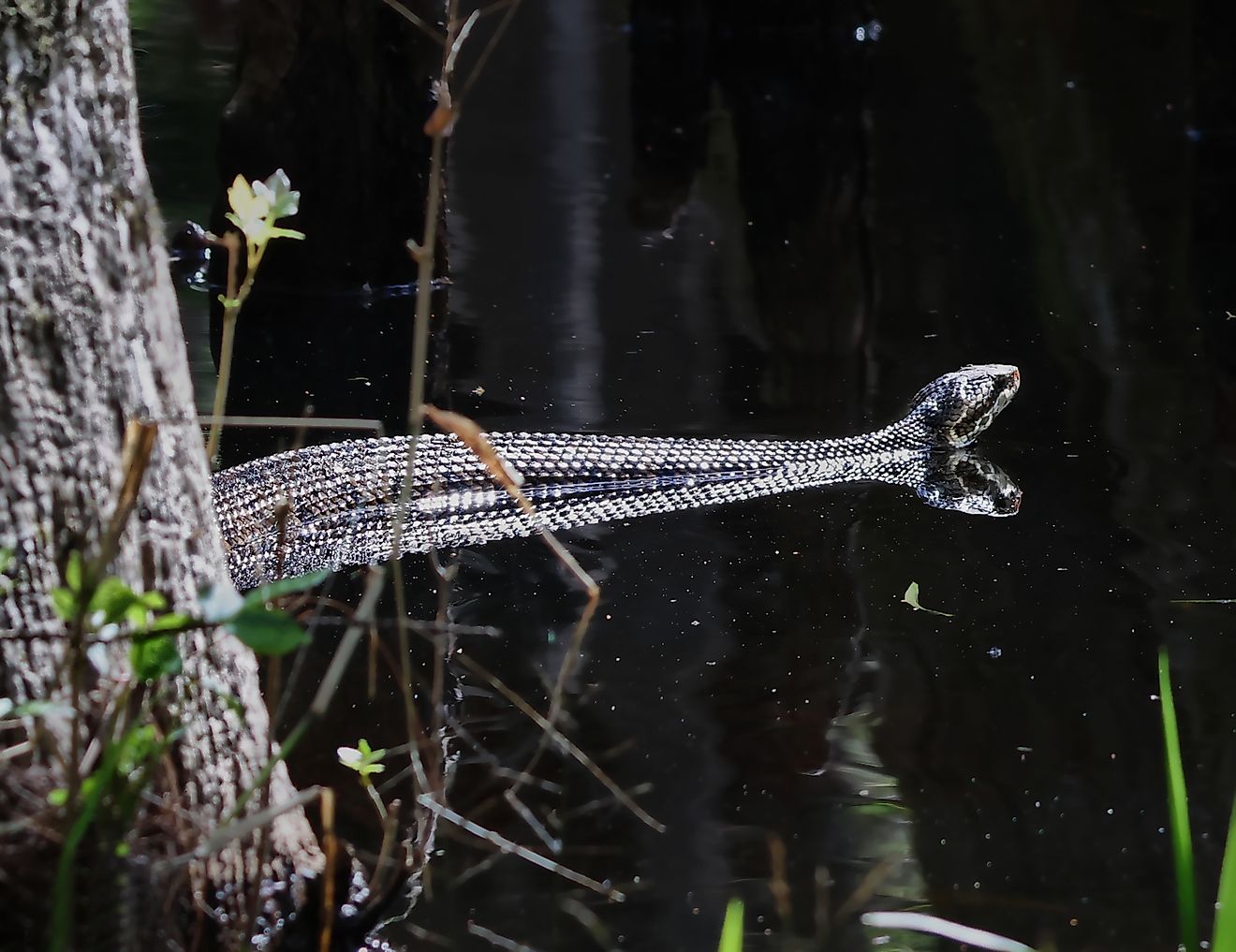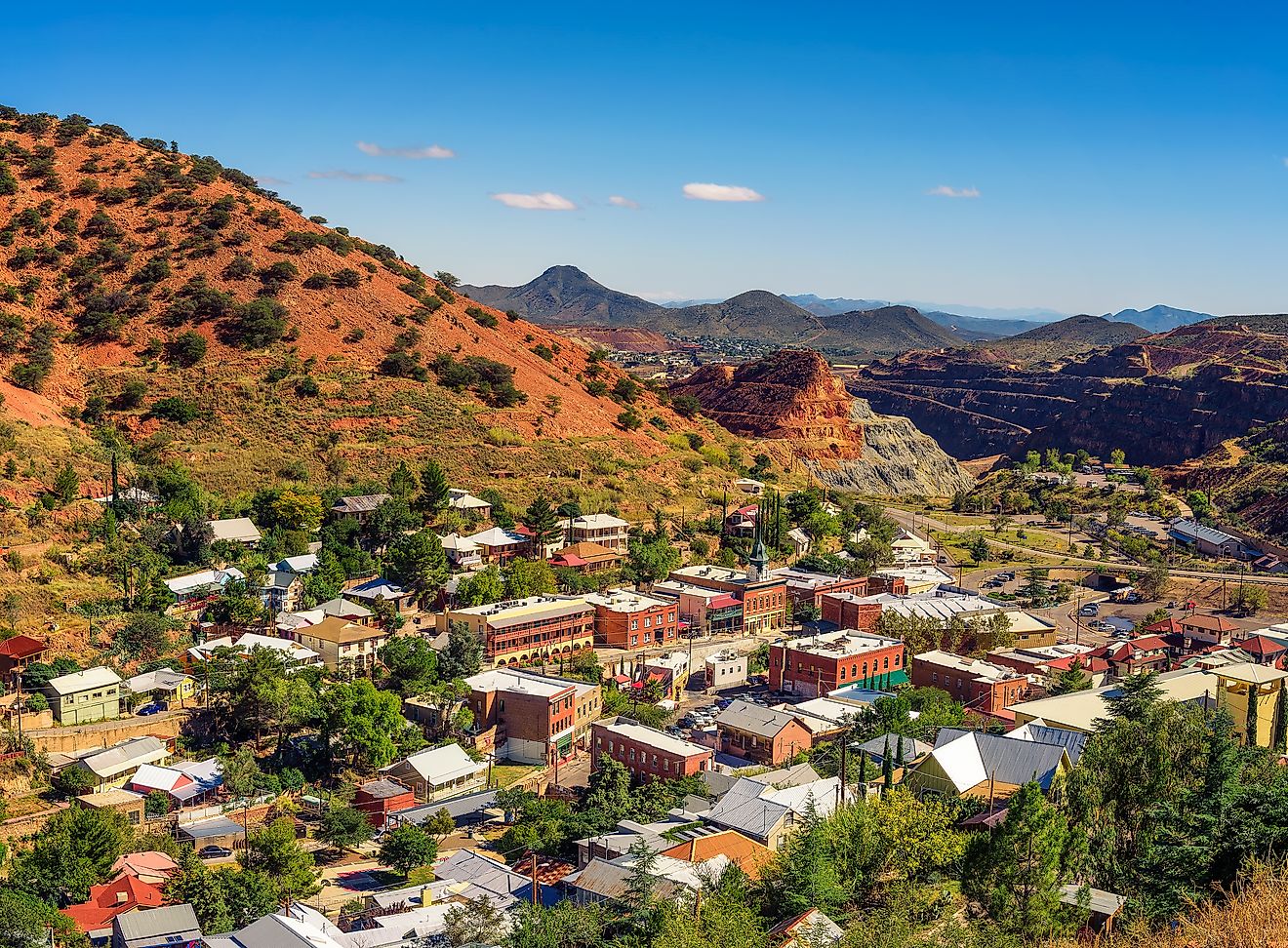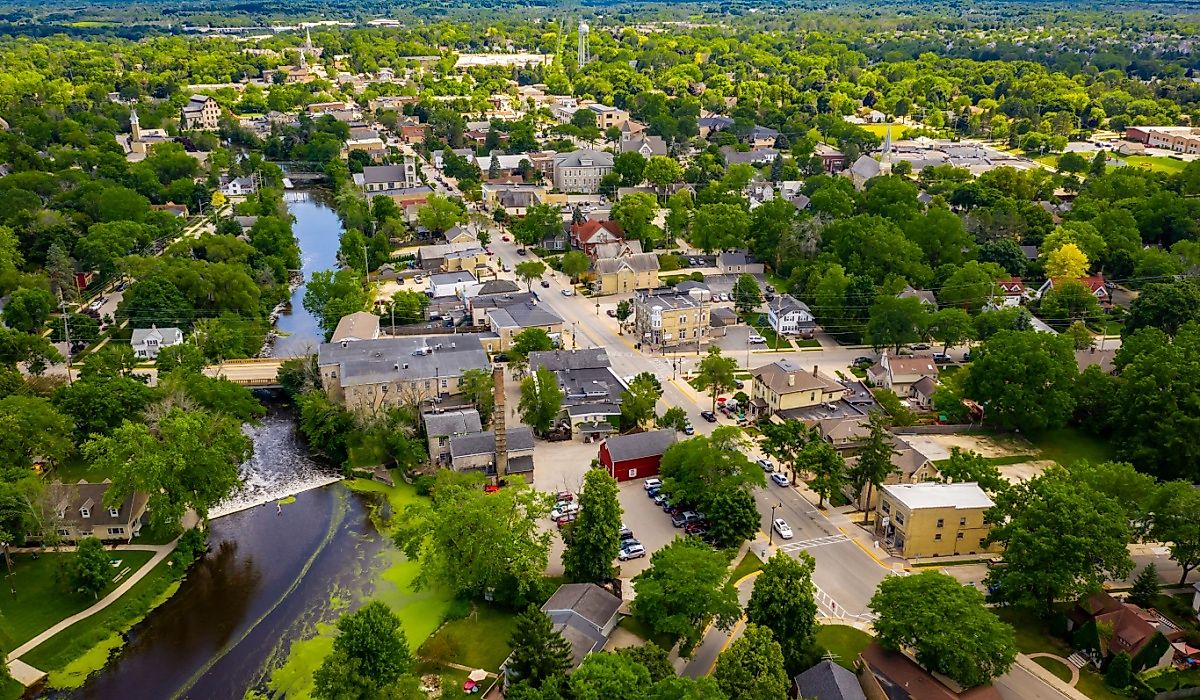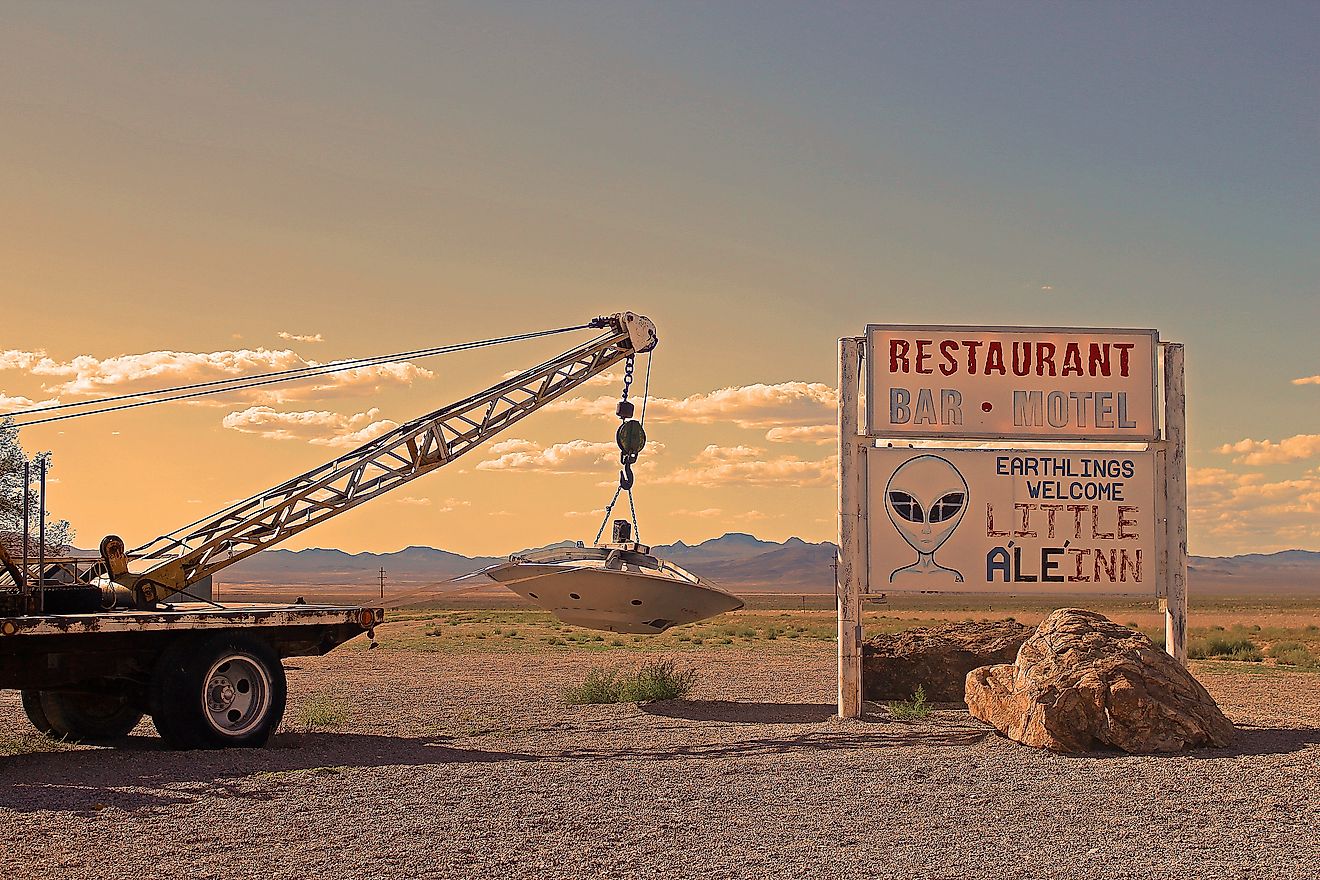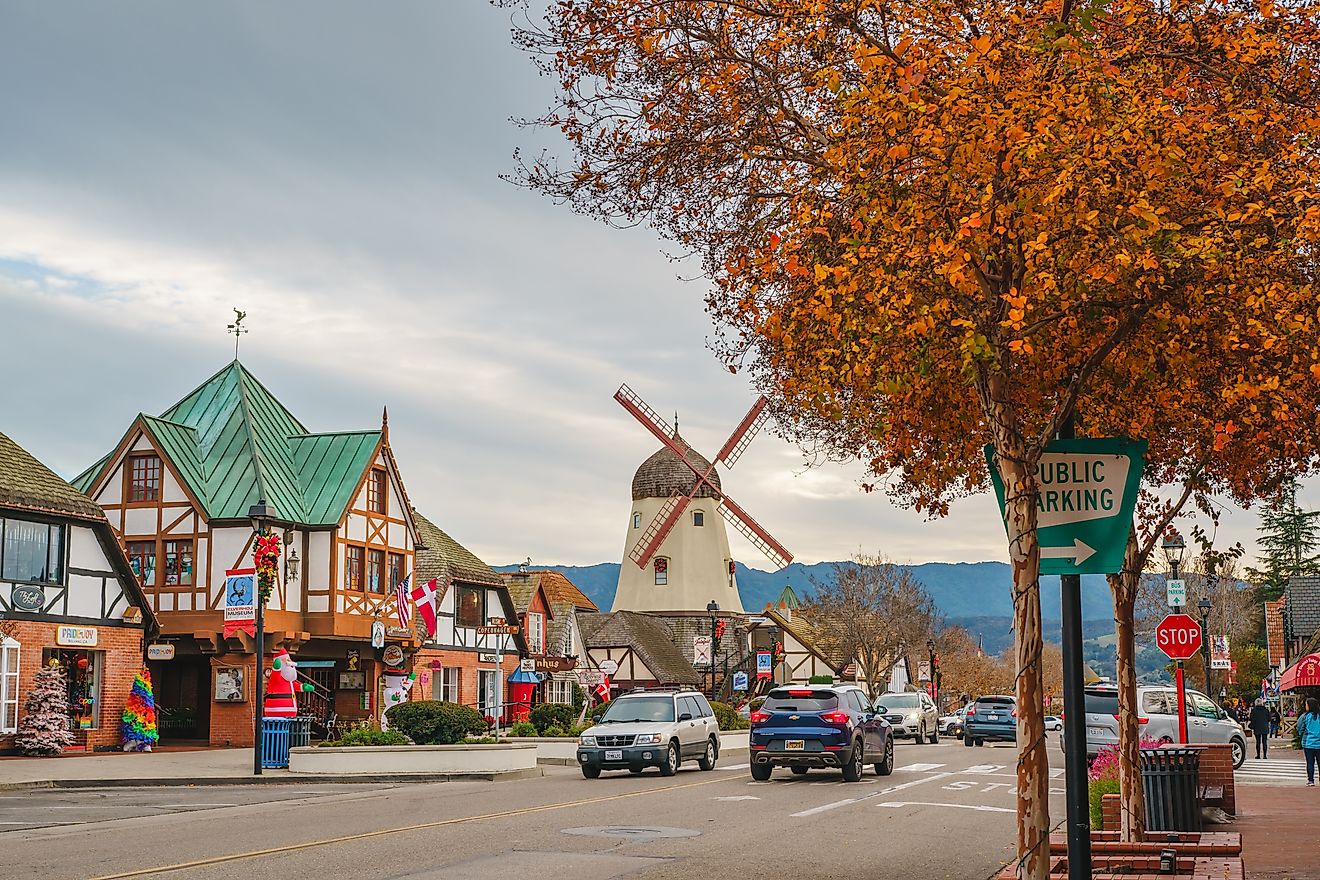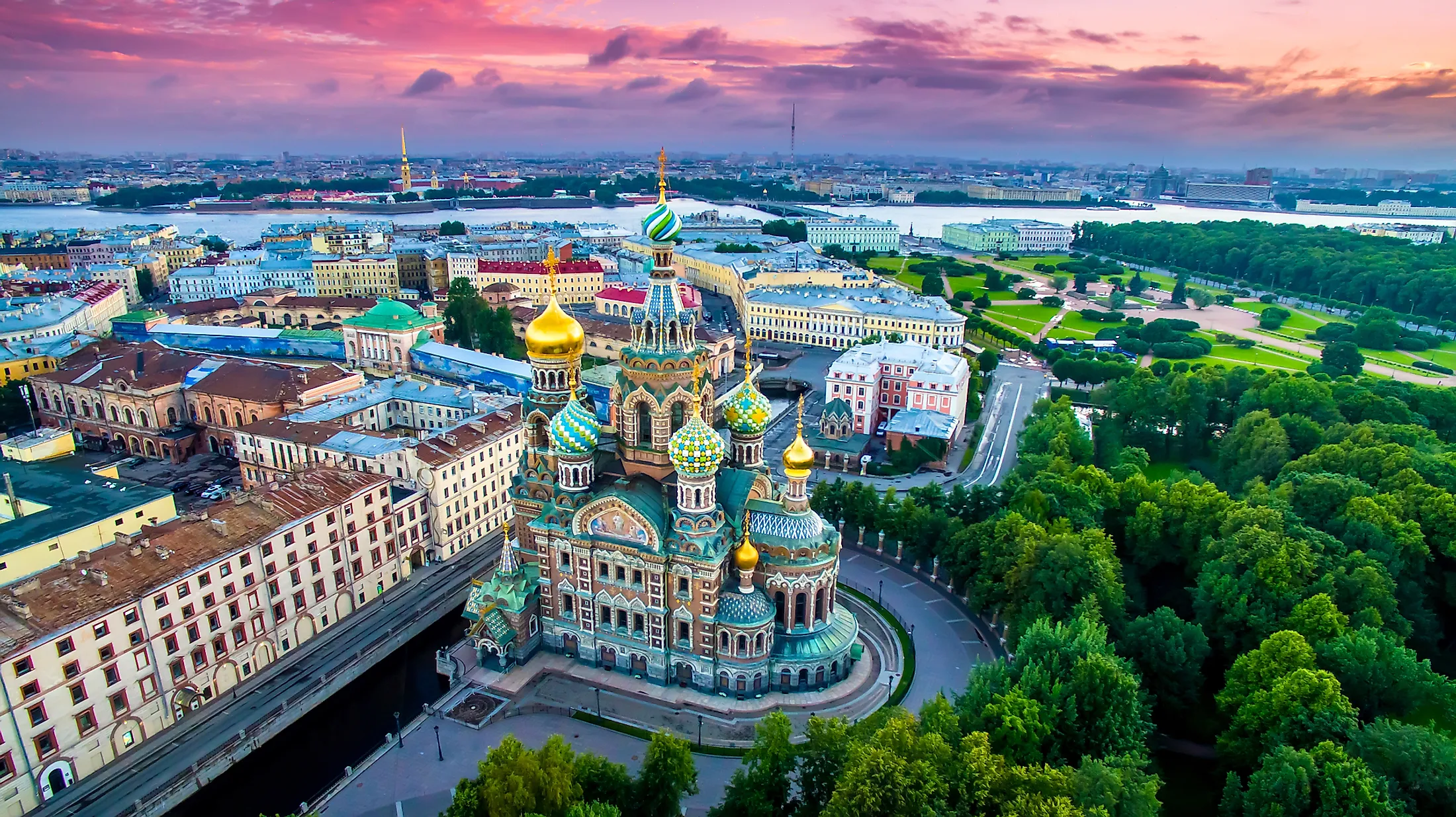
Saint Petersburg
Sankt-Petersburg in nativity, Petrograd from 1914 to 1924 and Leningrad until 1991, is adorned by Russians and global tourists alike. This port-bound metropolis, located in the extreme northwest of the largest country in the world, Russia, comprises a major historical and cultural mecca, with an area of 550 square miles (1,400 square km). As the former day capital of the Russian Empire (from 1712 to 1918), this, Russia's second-largest city, lies some 400 miles (640 km) northwest of Moscow and only about 7° south of the Arctic Circle. Architecturally magnificent, state-of-art St. Petersburg is remembered for the Russian Revolution and is commemorated for its fierce defense during the Second World War.
Landscape And Climate Of St. Petersburg
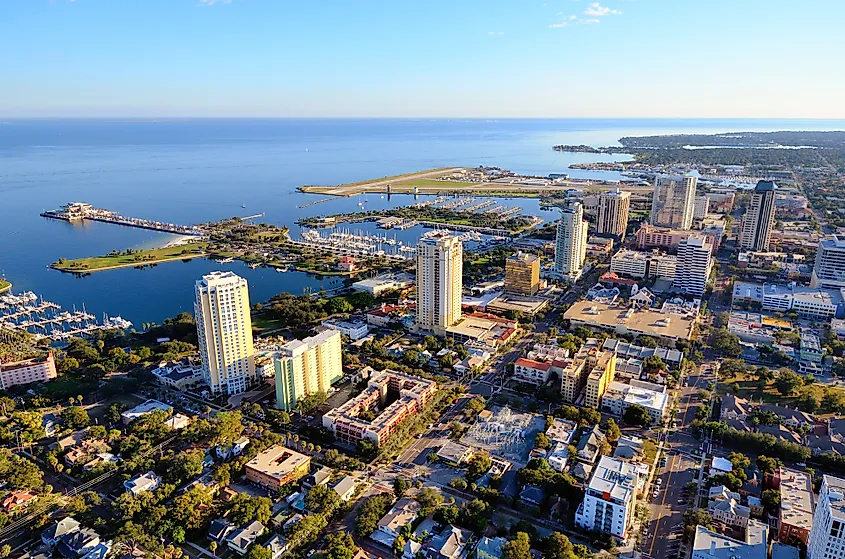
Sitting at a very low elevation, in the vicinity of the mainland floodplain, it is no surprise that the originally marshy site makes the city subject to frequent and recurrent autumn and spring floods, with cyclonic winds driving the gulf waters upstream. Severe cases of flooding occurred in 1777, 1824, and 1924. The city has built an 18 mile (29 km) long dike across the Gulf of Finland and cut numerous canals to assist the drainage to avoid such disasters.
Although the harsh winter temperatures can occasionally drop below 40 °C, the Atlantic Ocean has blessed St. Petersburg with a milder climate, despite its northern location and proximity to the Arctic Circle, with the mean January temperature being around -6 °C. The city sees varying degrees of snow cover for some 132 days of the year, while the Neva river begins to freeze in mid-November, with the last ice breaking up in April. The moderately warm and wet summers see temperatures of around 65 °F (18 °C) in July, while the yearly mean precipitation is around 25 inches (634 mm).
Layout Of St. Petersburg
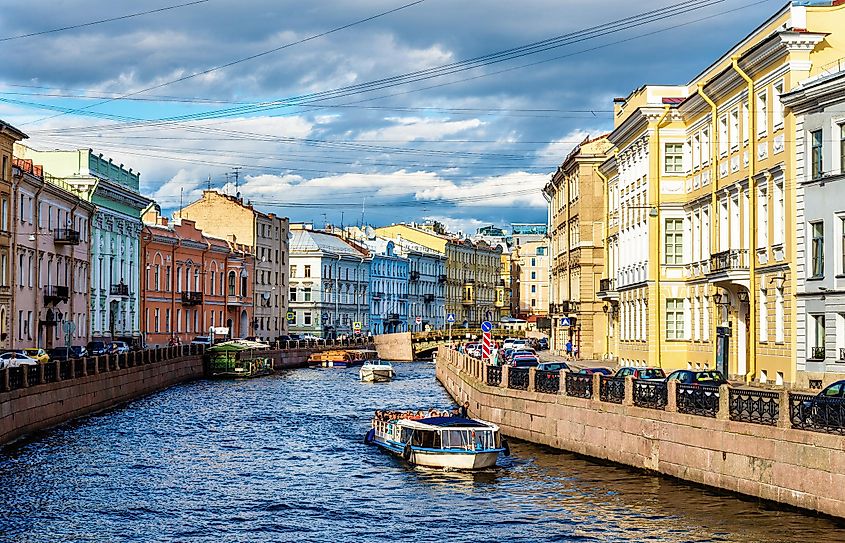
Set in the Neva River's delta at the head of the Gulf of Finland, 42 islands spread around the delta to comprise the city of Saint Petersburg. Much of the cultural and historical identity of the horseshoe-shaped Greater city is centered on the Admiralty Side, being the nucleus of the Tsar's original city, and containing an elegant spire topped by a weather vane in the form of a ship, as its principal landmark. East of there, the grand Palace Square has the 600-ton Alexander Column made of granite. The famed Winter Palace is the former main residence of the tsars, lying between the square and the river. It is a Baroque masterpiece built in eight years from 1754 to 1762, with dazzling-of-luxury exterior and interior. Destroyed by a fire in 1837, with only the adjoining Hermitage, a treasury of paintings and sculptures, and an art collection of worldwide significance that was the private holdings of Tsarina Catherine II, surviving, the palace was restored almost identically, just two years after.
The river divides central St. Petersburg into four sections, while the Nevsky Prospekt, the main avenue, extending from the Admiralty to the Moscow Railway Terminal, is considered the city center. The Admiralty Side is on the south left bank of the Neva, where the river is also called the Bolshaya or Big Neva. In between the Bolshaya Neva and the river's other main arm, the river's other main arm, the Malaya or Little Neva, is the Vasilyevsky Island. Between the latter and the north right distributary called the Bolshaya Nevka is the Petrograd Side island group, and east of the Bolshaya Nevka is the Vyborg side, just north of the Neva proper.
Notable Sites And Communities In Petersburg
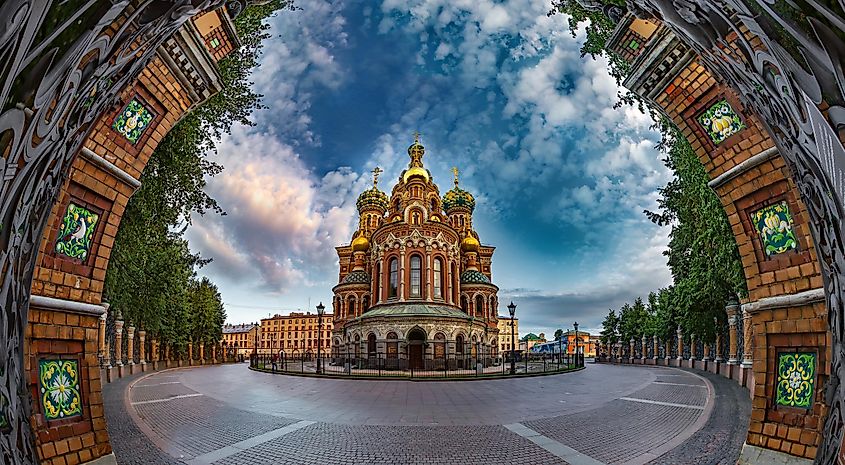
The Nevsky Prospekt contains the Pushkin Academic Drama Theatre, the Stroganov, Shuvalov, and Anichkov palaces, the St. Peter's Lutheran Church (1833–38), as well as the St. Catherine's Roman Catholic Church (1763–83) and Kazan Cathedral (1801–11). Gostiny Dvor (1761–85), an irregular-square former mercantile center that opens up onto four streets, is also there, as is the Alexander Nevsky Square, at the eastern end of the Prospect, in the embrace of gardens.
Many natural channels cut through the Admiralty Side, including the Griboyedov and Obvodny canals and the Moyka and Fontanka rivers. Downstream from the northern entrance of the latter is a beautiful open space, known as the Field of Mars, intended for popular festivities and fireworks. Extreme east to the center within the sharp bend of the Neva is the Smolny complex of a former convent containing a five-domed cathedral and the Smolny Institute, which was designated Lenin's headquarters in 1917. Further east on the island, the Summer Garden contains more than 250 statues made by Venetian masters, with the Summer Palace, Peter's first building project in the city, also on its territory.
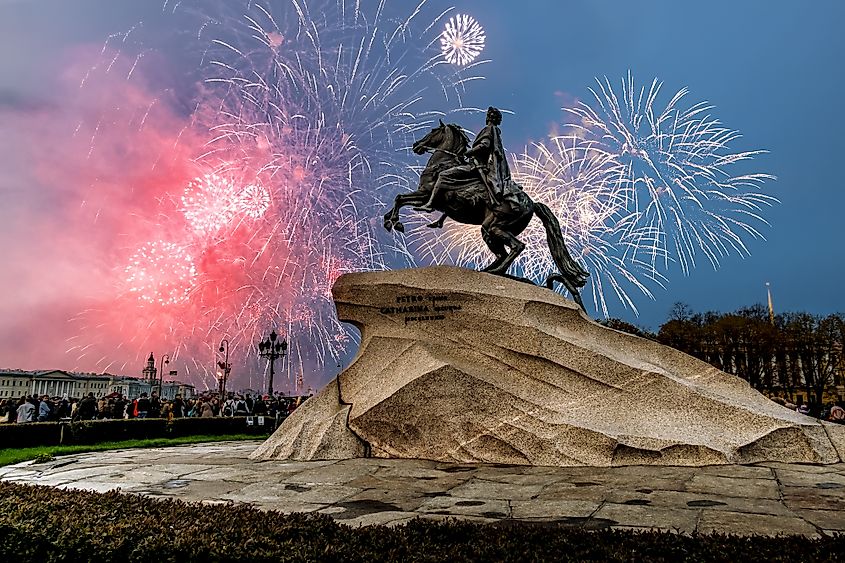
Peterhof, a unique garden-park that contains works from two centuries of Russian architectural and park styles as well as The Great Palace itself, is one of the most famous communities with stretching terraces rising above the Gulf of Finland. The Pushkin town, or the former Tsarskoye Selo, is a beautifully decorated large space containing the Catherine Palace, with the Amber Room of Russian Baroque style at its peak. The former country residence for Tsar Paul I in the south, Pavlovsk, contains the central Great Palace built over 64 columns, while Gatchina community with the namesake Park, full of monuments, sculptures, and gardens, was Catherine's favorite.
Zelenogorsk, to the north of the city, is a recreation and relaxation suburb set among extensive coniferous forests. Bordered by fine beaches and sand dunes, and surrounded by a collection of dormitory towns, resorts, sanatoriums, and children's camps, some of the upper-class city dwellers also have their summer cottages or dachas there.
People
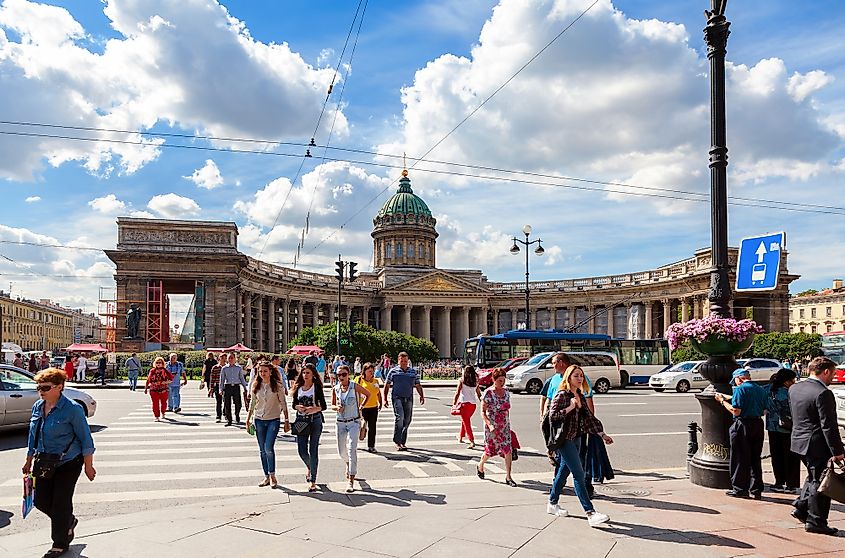
The population of St. Petersburg is overwhelmingly Russian, whereas prior to the Revolution there were sizeable communities of Polish, Baltic, and German people, as well as smaller groupings of Tatars, Jews, and Chinese, who emigrated soon after 1917, for remaining in the city made them subject to Joseph Stalin's purges as alleged "enemies" to be sent to the prison camps in the 1930s. Although hate crimes against different-looking nationalities were popular even in the post-soviet period, they have declined in the last decade and a half, with the more tolerant and open-minded generation of the new century inhabiting the city that is designed a cultural mecca.
Cultural Life In St. Petersburg
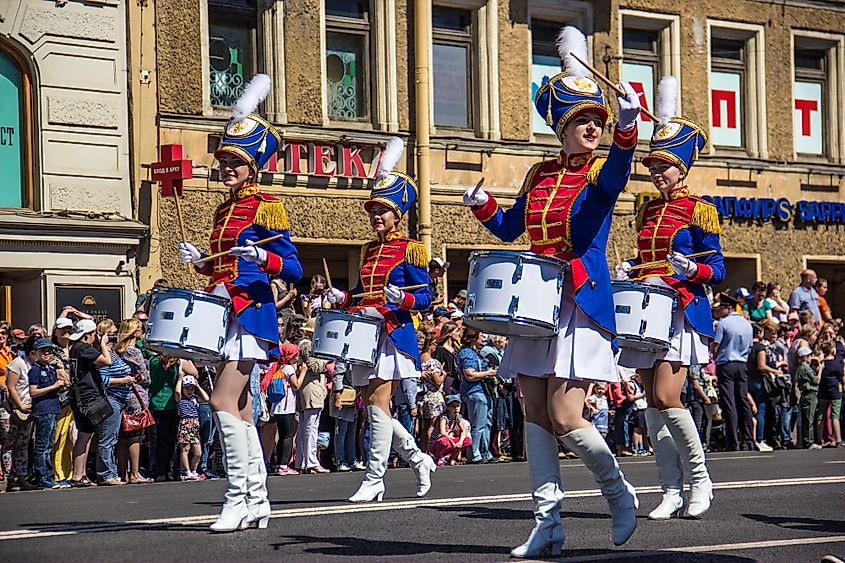
St. Petersburg has some of the most known cultural attractions in the world, including The Mariinsky Theatre, of international reputation, whose company is frequently on tour abroad, and the October Great Concert Hall that sits some 4,000 people. The reputable museums, the Hermitage and the State Russian Museum, are both of international prominence, while the outdoor recreational sites include the Kirov Park of Culture and Rest, the zoo, and botanical gardens.
Having been found by Peter the Great as Russia's "window on Europe," Saint Petersburg is a definitive cultural capital of Europe that is to the east, although in a long-lasting competition with Moscow. The equal mix of western European and Russian architecture, the ultra-developed riverside historic embankment containing many of the city's most famed architectural sites, as well as the "White Nights" from June 11 to July 2, with over 19 hours of daylight, give St. Petersburg an upper hand as the top acclaimed characteristics of the city.
Economy Of St. Petersburg
While during the late Soviet era, more than half of the city's population labored in factories, that number has fallen to one-fifth post-USSR, with the rest mainly working in the service industry. After a decade of decline, by the early 21st century, St. Petersburg's economy was growing faster than Russia's as a whole, with the industrial output also booming more than ever and new industries emerging while older ones were being revived.
Today, St. Petersburg is only outperformed industrially by Moscow. Its most prominent industries evolved from mechanical engineering and metalworking of the late 20th century to engineering that requires a skilled labor force. The original shipbuilding industry also remains an important pillar of the economy and one of the country's largest in this port city. Plants producing nuclear reactors, electrical and power machinery, cable, diesel engines, batteries, generators, medical equipment, cameras, elevator parts, automotive machinery, food processing, large breweries, and dairy are the other prominent industries in St. Petersburg.
Municipal Services In St. Petersburg
Housing
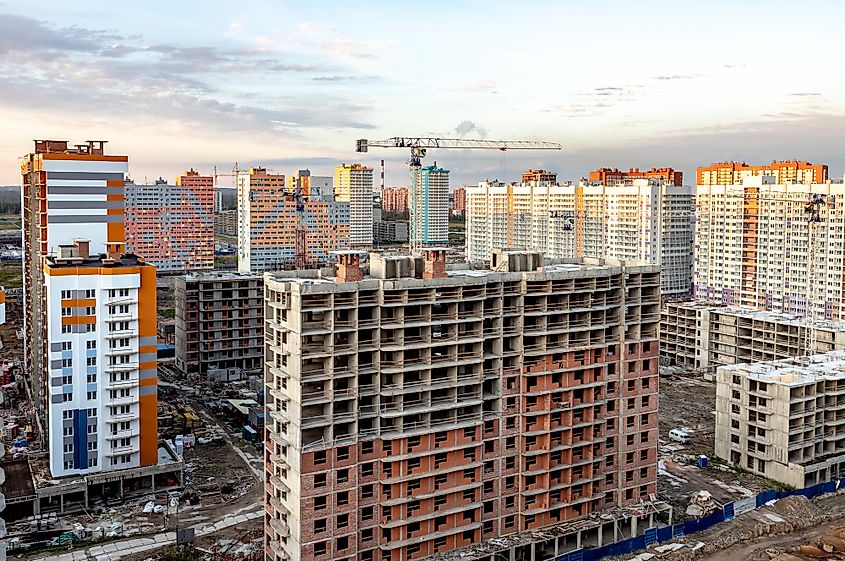
Much of the city's population resides in modern apartments, some of which are skyscrapers. Many Soviet-style buildings surviving the 900-day siege during World War II remain in use for communal living, where several families occupy one apartment with a shared kitchen and bathroom. Many of those are located in the historical area of St. Petersburg. Still, just like the contemporary buildings, they have access to central heating and are part of the city's sanitation and power services.
Healthcare
Although the overall quality of the city's healthcare deteriorated following the breakup of the Soviet Union, St. Petersburg is fully equipped to provide modern health services. Nevertheless, many private health clinics claim to be higher on the healthcare provision scale than those run by the state. Still, with the latter being free, they are more economically accessible to the larger population. All-in-all, several hundred public and private clinics providing medical, dental, nursing, and maternity services, along with many general and specialized hospitals, have become available in the 21st century.
Education
It is no surprise that in this culturally-advanced city, much of the population finds employment in arts, education, and sciences, with St. Petersburg posing as a major center for education and scientific research not only in Russia but worldwide. Following Moscow and with dozens of public and private universities in St. Petersburg, the most notable ones include St. Petersburg State University, founded in 1724, the Academy of Arts (1757), the Institute of Mines (1773), and the Military Medical Academy (1798).
Although the headquarters of the Russian Academy of Sciences moved back to Moscow after the Revolution, its library remained in St. Petersburg. Some of its research establishments include the Pulkovo Observatory and the Botanical, Geological, Forestry, and Zoological institutes. Last but not least, St. Petersburg is one of the world's leading cities for Arctic research, headed by the Arctic and Antarctic Research Institute and the Institute for the Study of Permafrost.
Transportation
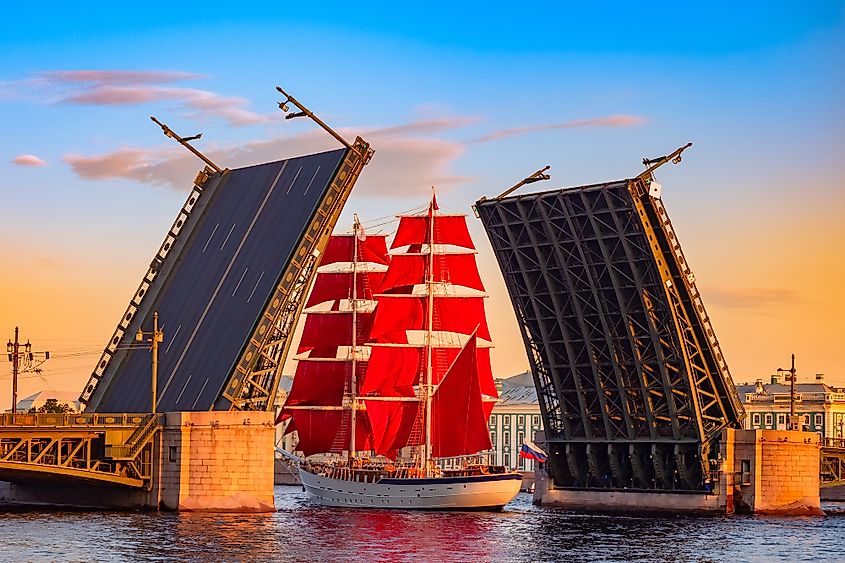
An equally important hub for transportation, as Moscow is, the port of St. Petersburg is also of international significance, with the main harbor protected by breakwaters and reachable from Kronshtadt via a dredged channel, as well as regular summertime ferry departures to various western European ports. Unfortunately, with the insufficient infrastructure for cruise vessels of the 21st century, those wishing to board ships have to pass through cargo facilities, while the smaller sea ships have access throughout the inland waterway system of European Russia from Neva to Lake Ladoga. Onward, there are water pathways to the White Sea and the Russian Arctic coast, the Volga basin and the Caspian Sea, and the Black Sea and the Sea of Azov.
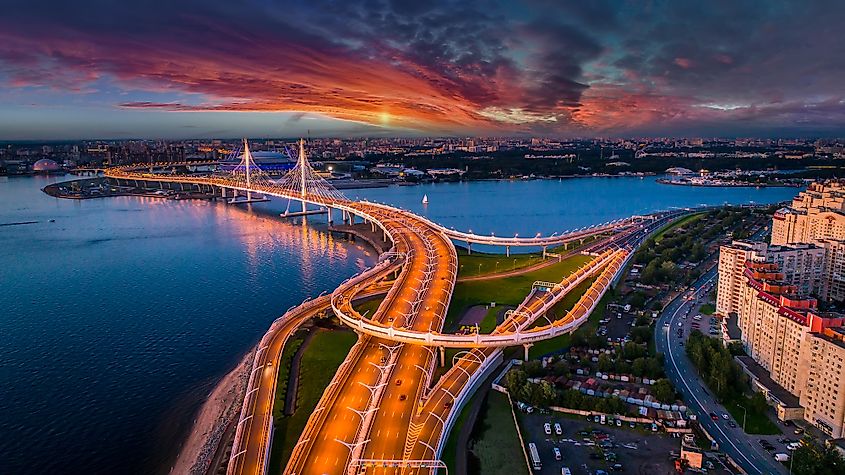
Pre-Covid-19 times, international train connections outside of Russia's main cities, such as Helsinki and Warsaw, were also subject to regular usage. Suburban electric tram service connects the outer parts of St. Petersburg to its satellite towns, while the internal city traffic is handled by a subway system, which was opened in 1955. The city's circulation system also includes a well-developed network of buses, streetcars, and trolleybus lines. The main Pulkovo International Airport sits 11 miles (18 km) south.
St. Petersburg experienced a major change upon the fall of the Soviet Union like the rest of Russia and its adjoining countries. Over the years, it has bloomed in terms of culture and services it forwards to the public and international visitors. New cafés and restaurants have sprouted everywhere, and bridges and landmarks have been illuminated. Nevertheless, the never-before-seen amount of homelessness also appeared on its decorated streets coinciding with the time that native residents begun to serve in influential posts and in the national government.
